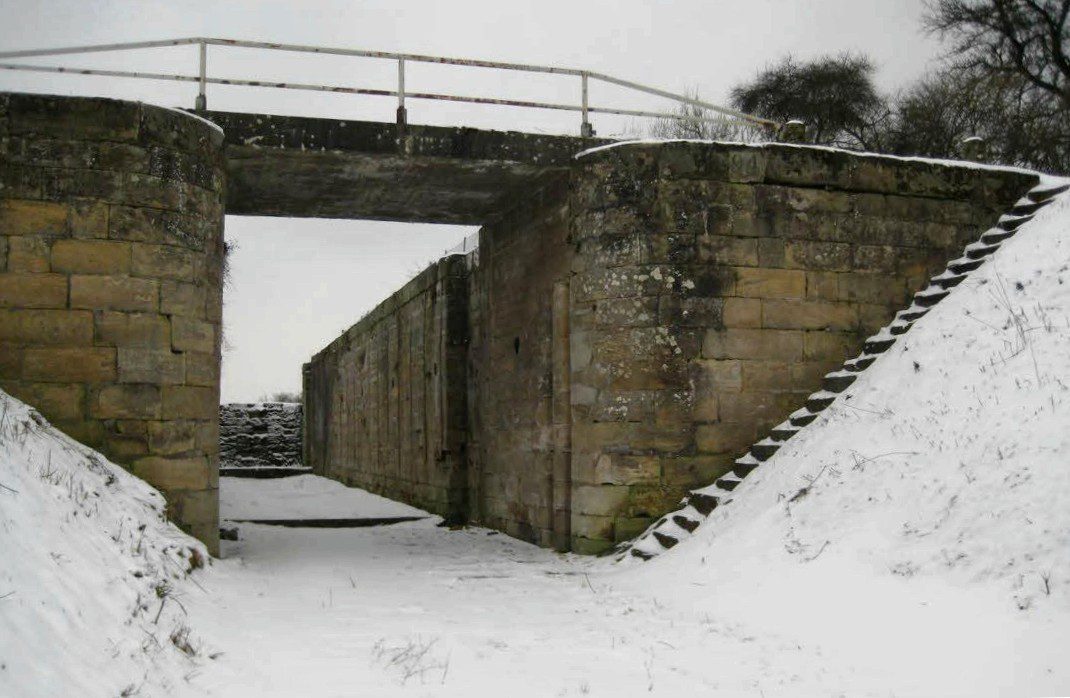
When driving along the frankenschnellweg, three traffic routes meet in the regnitz valley near erlangen: the railroad, the modern highway and the former ludwig-danube-main canal, visible only through the canal monument at the fub of erlangen's burgberg hill. Although moved, it still tells of a project of european importance, the connection of the north sea and the black sea.
Germany's first railroad, the eagle, departed on 7. December 1835 from nurnberg to furth. The route network was successively expanded and, at the request of king ludwig, it is rumored that a tunnel was even built through the erlanger burgberg.
The forerunner of today's rhine-main-danube canal was the ludwig-danube-main canal, which stretched 172.4 kilometers from kelheim to bamberg and was equipped with 100 locks. The average width was twelve meters. Initiator was king ludwig I. Of bavaria, construction began on 1. July 1836, the construction costs were estimated at about 18 million gulden. On 5. May 1843 the canal between nurnberg and bamberg was opened. But only three years later, on 15. July 1846, the canal monument near erlangen was unveiled.
Horses pulled the boats
The ships that sailed on the canal were pulled by horses that ran on a towpath next to the canal. Truncated cone-shaped stones 190 centimeters high and a top diameter of 45 centimeters served as orientation for shipmen and treidler. The inscription gave information about the returned and. Still a long way to go.
The first ship to sail on the canal from bamberg to nurnberg was named ludwig and took twelve hours to do so. In the race with the railroad, however, the canal lost terrain. The canal was drained in 1950. Parts of the canal near erlangen are now covered by the A 73, the frankenschnellweg (franken expressway). Car traffic has become the generally accepted mode of transport. But the railroad is catching up again. Rising fuel prices and better frequency due to the extension of the nurnberg-erlangen-bamberg transport line increase the acceptance.
The canal lock with the number 94 has been preserved in eggolsheim. In it, ships were lifted by around 3.5 meters during a lock operation. On the floor of the lock chamber is still today the original paving of sandstone slabs.